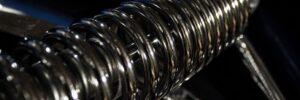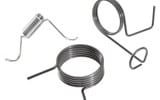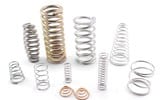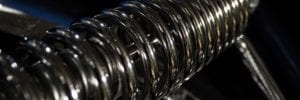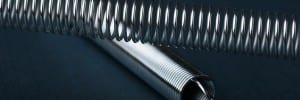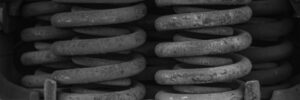
As the name suggests, custom springs are types of springs designed and manufactured to meet specific application requirements of a particular machine or product, be it an automobile’s suspension or aircraft control and landing gear. Whether compressed, stretched, or twisted, custom springs are versatile mechanical devices that store and release energy, making them ideal components… Read more »

